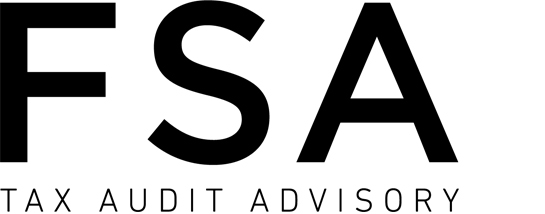Incentives for hiring eligible individuals
Wage subsidies ranging up to $10,000 may be available to businesses that hire eligible individuals into ongoing jobs.
If you are looking to fill an ongoing position, get in touch with your Workforce Australia, ParentsNext or Transition to Work provider to help you find the right person for your job.
Your provider may offer you a wage subsidy to help with some of the initial costs of hiring a new employee. The wage subsidy is to help with some of the initial costs of hiring the new employee to help ensure the success of their employment.
Eligibility
To be eligible to access a wage subsidy, an organisation must:
- have a valid Australian Business Number and
- have an account registered with Workforce Australia Online for Businesses.
Wage subsidies are for new and ongoing employment positions. They can be for full-time, part-time, casual, or even a traineeship or apprenticeship positions.
It’s important to note that you can’t access a wage subsidy if you are getting other government funding for the same position. The wage subsidy cannot be for a family member, and it must not be a commission-based, self-employment or subcontracted position.
If you are eligible, the provider will work with you to determine whether a wage subsidy is the best type of assistance. Other forms of assistance may also be a good fit, and the provider will be able to suggest the best option to suit both you and your new employee.
Other eligibility criteria will apply. Contact a provider to get more information on eligibility and how wage subsidies can be tailored to suit your business.
How to access a wage subsidy
To access a wage subsidy, you will need to enter into a wage subsidy agreement with your provider.
You will need a Workforce Australia Online for Business account to approve your wage subsidy agreement, update your details and manage wage subsidy payments online.
You must finalise your wage subsidy agreement online within 28 days of the new employee’s start date to be eligible for payment.
Related information
If you employ an Australian apprentice, you may be able to get financial assistance to help you hire, train and retain them. Go to Australian Apprenticeship Incentives System to read more.









